
What Exactly Is In Your Dental Composites?

Dental composites, also known as tooth-coloured or simply “white” fillings, are used in dentistry to restore, repair or enhance the aesthetic of teeth that are affected by decay or damage.
The materials that make up dental composites are carefully selected for their durability, strength and compatibility.
In this blog post, we’ll go over the most common materials used in composites to ensure durability, longevity and an authentic appearance.
Resin Matrix
The resin matrix makes up the main body of dental composites, providing the necessary structure and bonding properties. So when the practitioner uses the dental composite syringe to apply your mixture, it’s mainly made of this ingredient.
This material is typically made from Bisphenol-A-glycidyl methacrylate (Bis-GMA) or urethane dimethacrylate (UDMA) which are both resins that offer excellent bonding to the tooth structure and other composite materials for long-lasting results.
While they may vary slightly in cost, both options provide durable and aesthetic results. If you opt for composite, your dentist will be able to speak to you about the different options they may have available.
Fillers
Fillers are also added to the resin matrix to enhance the bonding properties of the dental composites.
Common fillers used in composites include silica, quartz or glass particles, which improve the strength and wear resistance of the material, as well as helping to control the thermal expansion and contraction, which reduces the risk of cracking or fracturing.
While different types of fillers may vary in cost, ultimately they all do the same job by enhancing the overall durability and longevity of the restoration.
Coupling Agents
Coupling agents are used to improve the bond between the resin matrix and filler particles, which is used to enhance the overall strength and integrity of the composite material.
These coupling agents ensure proper adhesion between the organic resin and inorganic filler components, which could debond without it. This significantly enhances longevity to ensure you’re not making regular trips to the dentist to have your composites replaced.
Initiators
The initiators are another essential component in composites. Without getting too sciency, these work by initiating the cross-linking reaction between the resin monomers, which is ultimately what binds them together.
Common initiators include camphorquinone (CQ) or photoinitiators, which are cleverly activated by light during the curing process. These initiators ensure rapid and complete polymerisation of the composite material, offering long-lasting restorations.
Stabilisers
Another ingredient in your composites are stabilisers, which are added to prevent the premature degradation or discolouration of the tooth.
You might be surprised to know that antioxidants such as phenols or vitamin E derivatives are commonly used as stabilisers, which goes to show these are useful for more than just fighting oxidative stress and disease!
These are used to inhibit oxidation reactions and maintain the integrity of the composite, as well as preserving the aesthetic appearance of the tooth.
Pigments
Last but not least is pigments, which give the tooth its colour. Peoples’ teeth differ in colour from one person to the next, so it’s important for dentists to be able to tailor their composites to match.
Pigments allow dentists to do just that, offering a wide range of colours and tones, ensuring a seamless blend with the surrounding teeth.
So those are the main ingredients in your composites. While they may differ slightly depending on your dentist, you’ll usually find everything that’s been mentioned in this post in your composites.

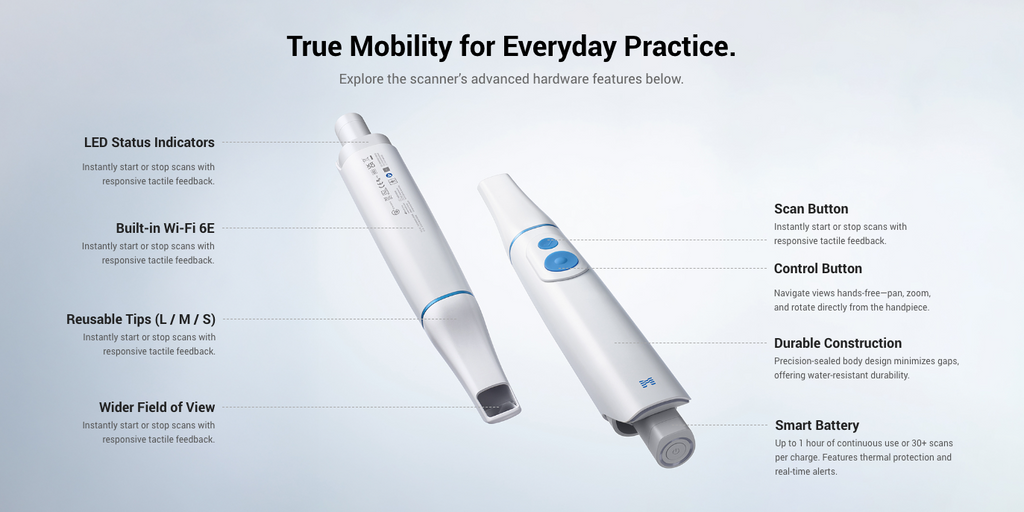


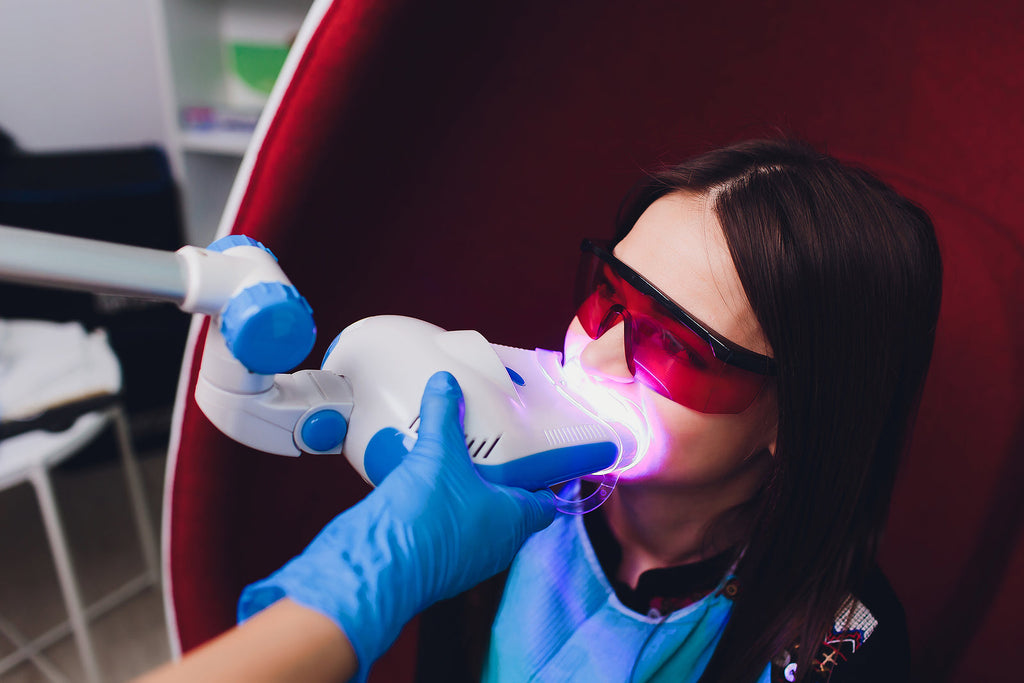
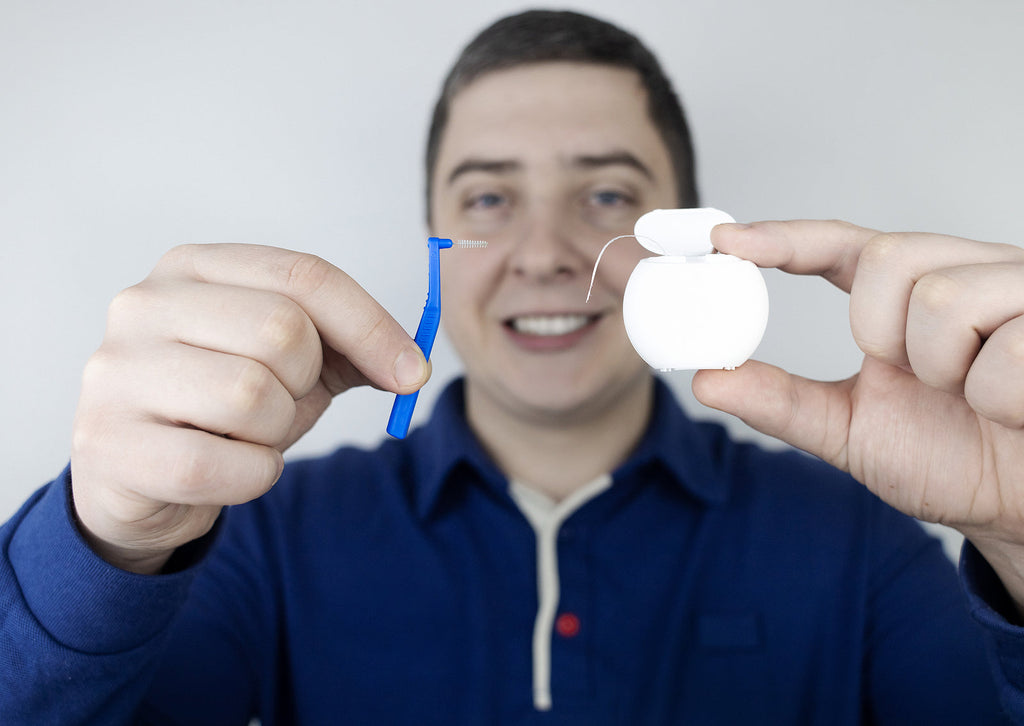
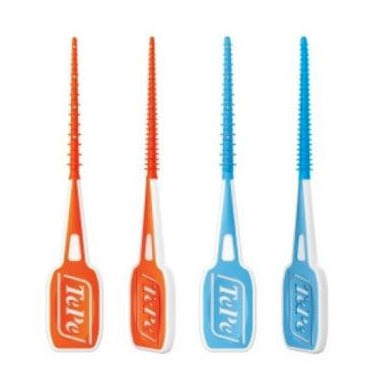
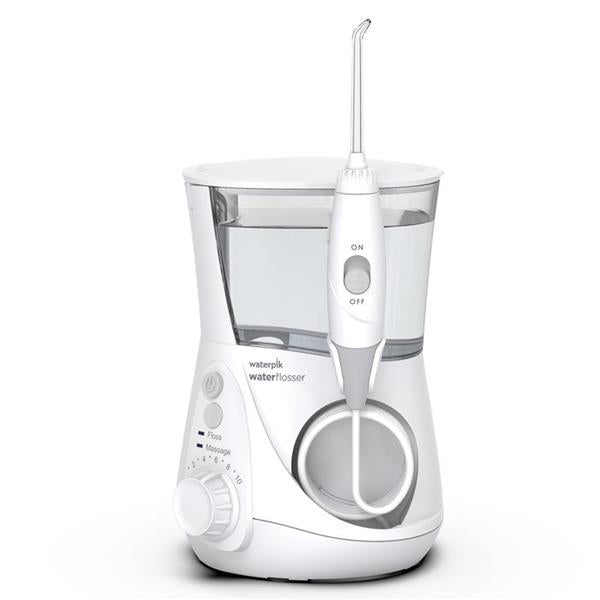
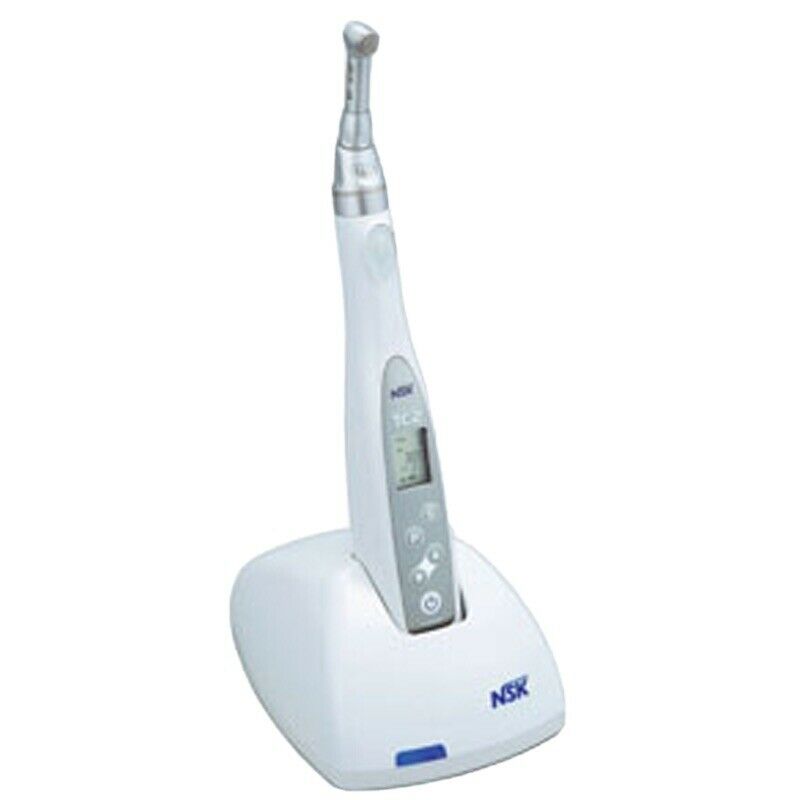
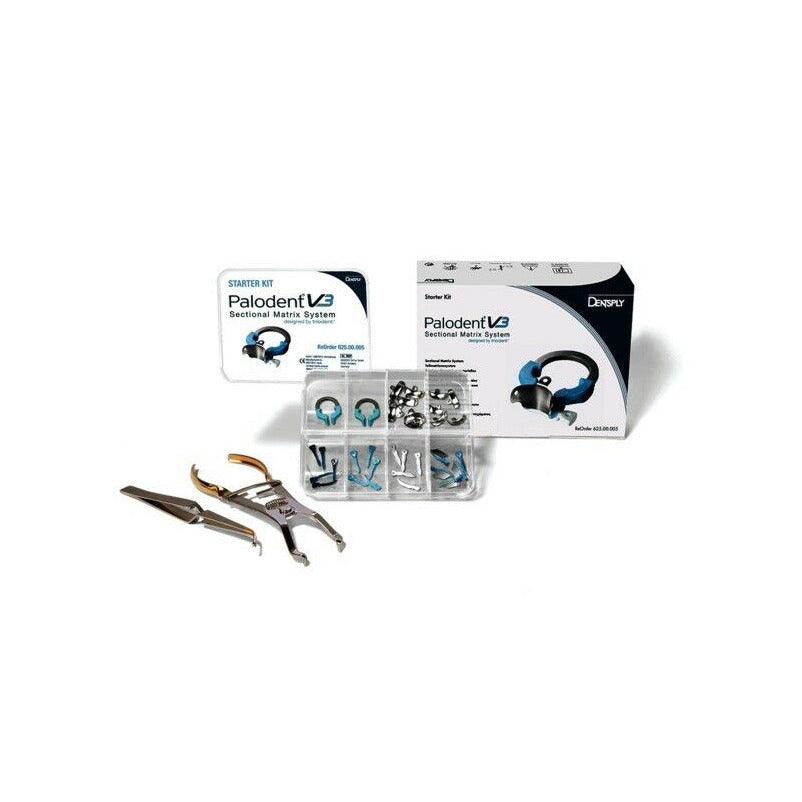
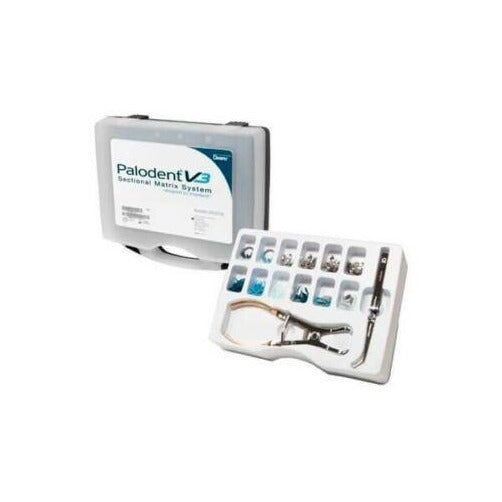
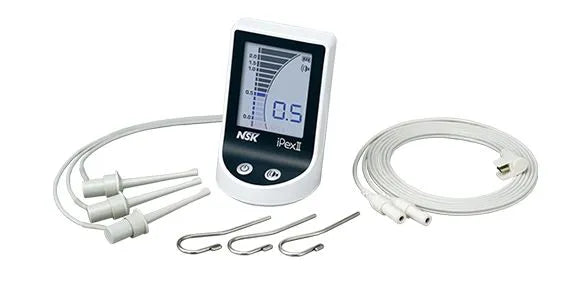
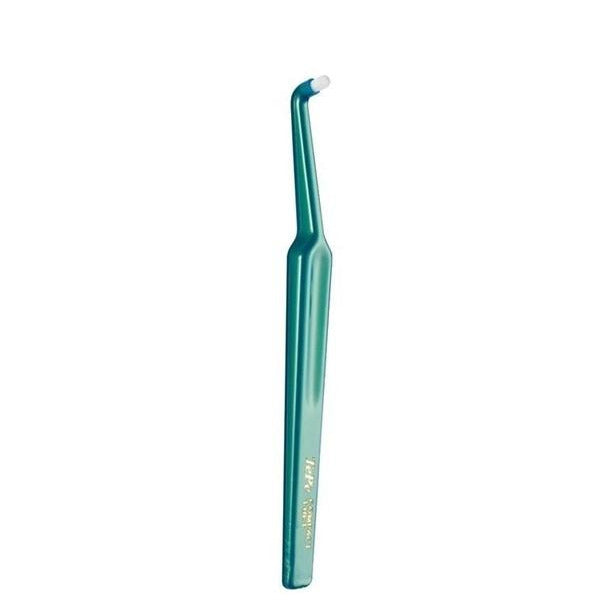
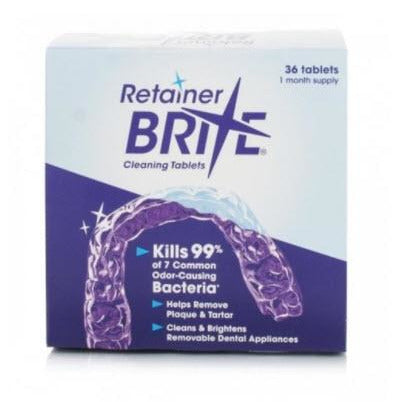
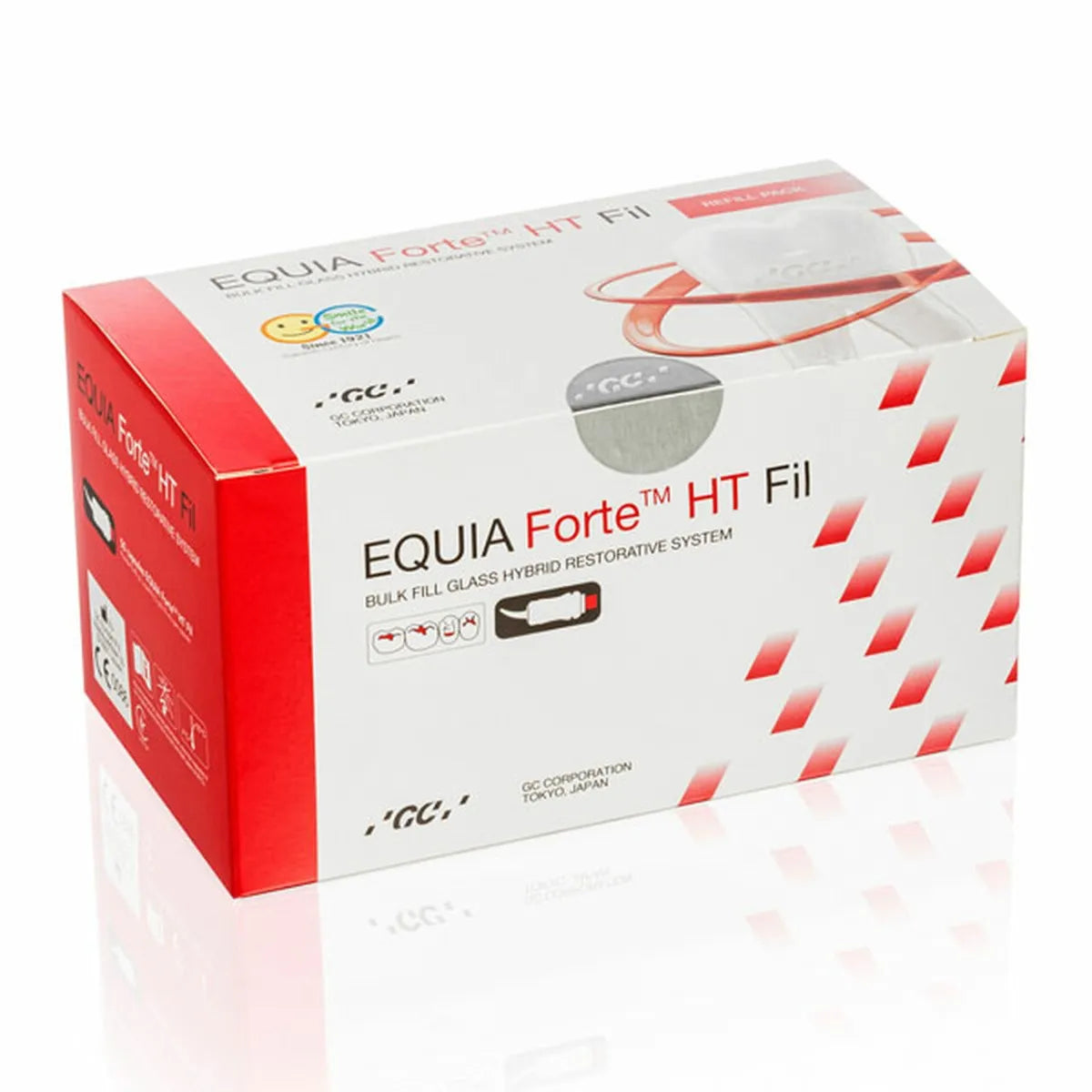
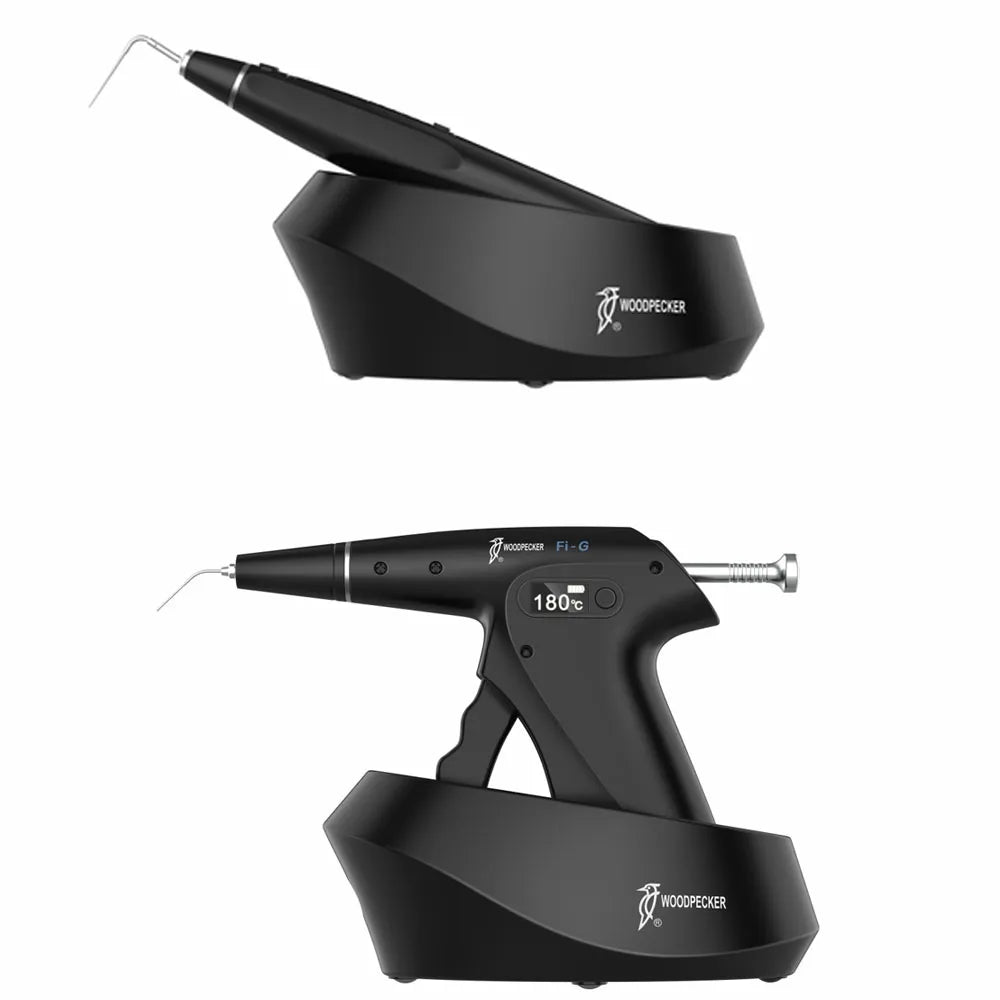
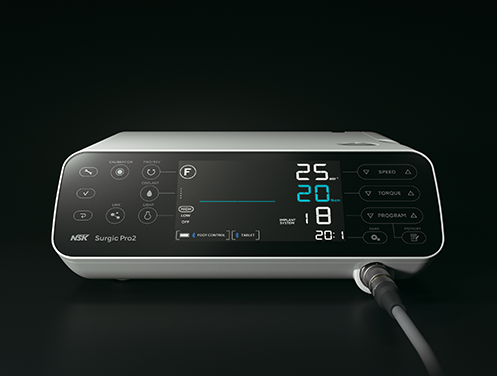
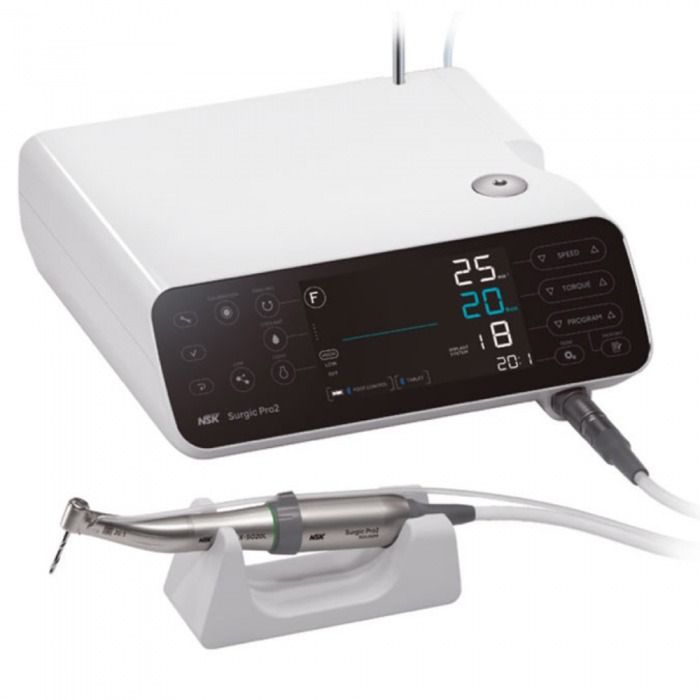






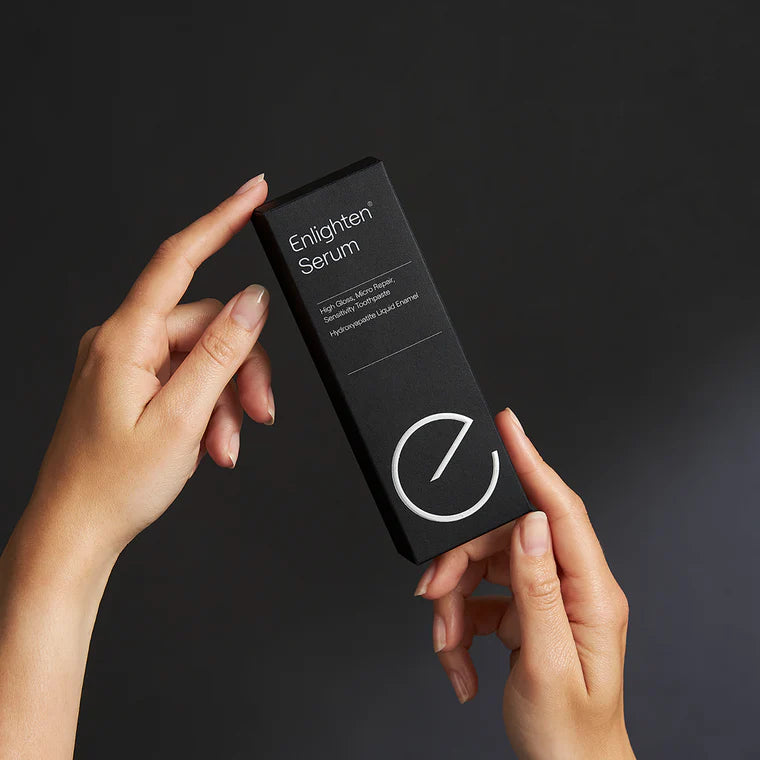
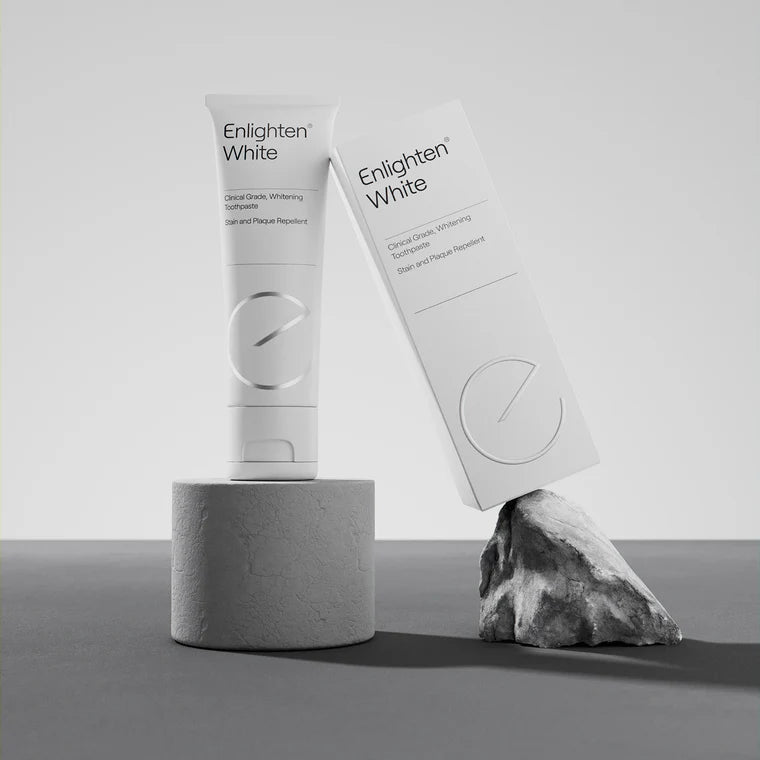
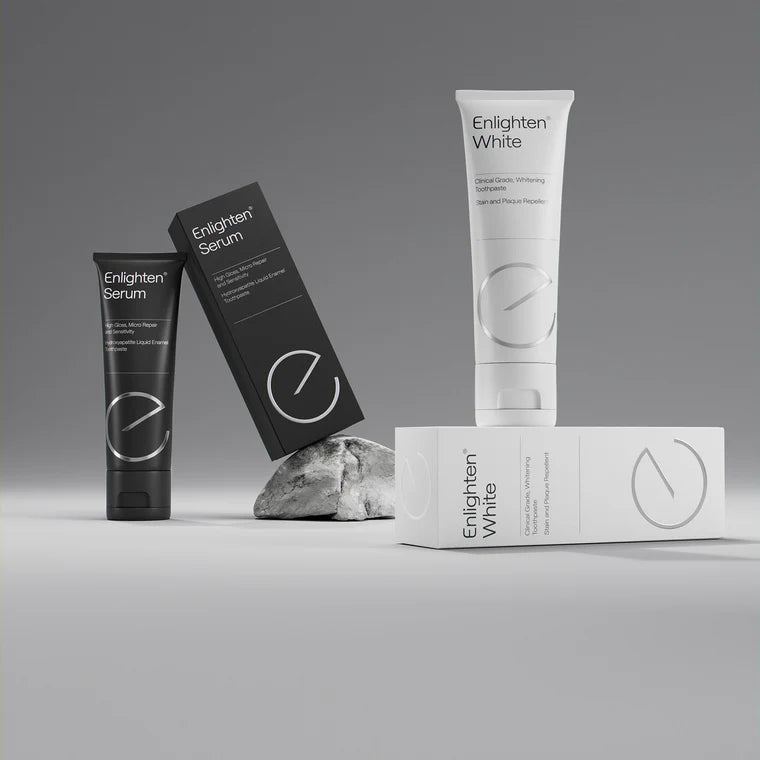
 Whatsapp us!
Whatsapp us!